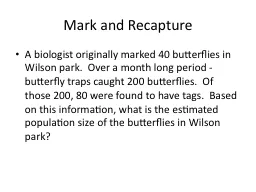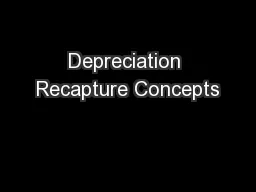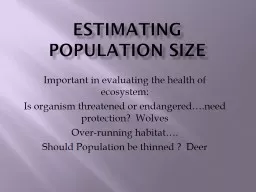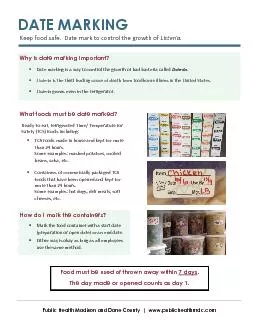PPT-Mark and Recapture A biologist originally marked 40 butterflies in Wilson park. Over
Author : ventuilog | Published Date : 2020-06-30
Let us think of education as the means of developing our greatest abilities because in each of us there is a private hope and dream which if fulfilled can be translated
Presentation Embed Code
Download Presentation
Download Presentation The PPT/PDF document "Mark and Recapture A biologist originall..." is the property of its rightful owner. Permission is granted to download and print the materials on this website for personal, non-commercial use only, and to display it on your personal computer provided you do not modify the materials and that you retain all copyright notices contained in the materials. By downloading content from our website, you accept the terms of this agreement.
Mark and Recapture A biologist originally marked 40 butterflies in Wilson park. Over: Transcript
Download Rules Of Document
"Mark and Recapture A biologist originally marked 40 butterflies in Wilson park. Over"The content belongs to its owner. You may download and print it for personal use, without modification, and keep all copyright notices. By downloading, you agree to these terms.
Related Documents














